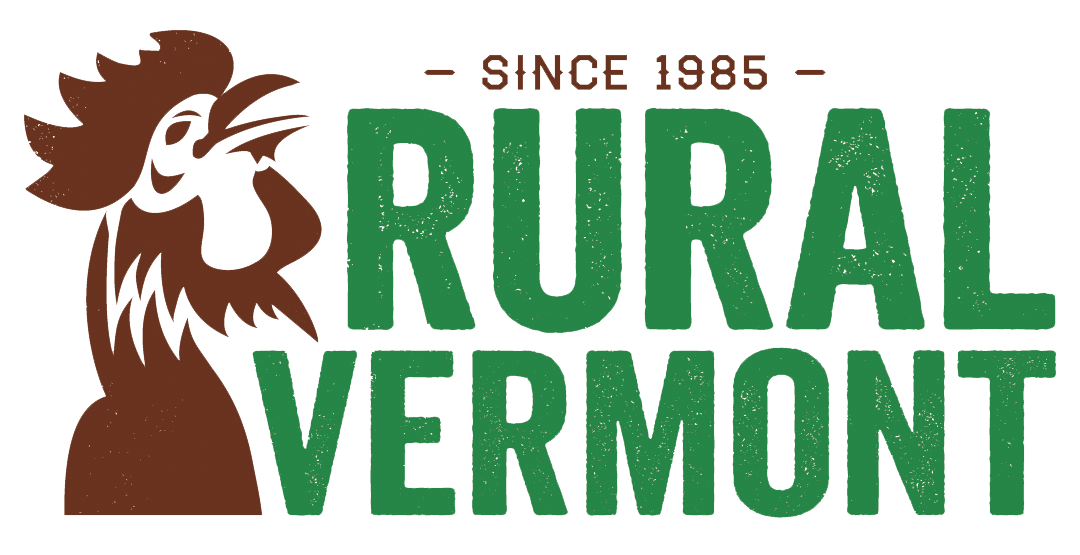Book Review: MAD SHEEP
MAD SHEEP-The True story behind the USDA’s War on a Family Farm
By Linda Faillace
Reviewed by Grace Gershuny
This book relates the dismaying story of the Faillace family’s unsuccessful battle with USDA to stop the destruction of a flock of unique and beloved imported sheep. The sheep were carefully researched and selected to introduce high milk producing genetics into the options for sustainable small farm enterprises. The rationale for quarantining and later destroying the flock was the need to protect the public (more importantly, the beef industry) from fears of “mad cow disease,” which the government decided might be carried by these sheep. The dust jacket of the book, published by Chelsea Green, describes it as “the unforgettable story of one family’s struggle against a bullying and corrupt government agency that long ago abandoned the family farmer to serve the needs of corporate agriculture and the industrialization of our food supply.” The book delivers as promised.
Many of us in the Vermont alternative agriculture community have followed this story, and Rural Vermont is credited with helping rally support for the Faillace family. It is an outrageous story, told in the first person by a primary protagonist. Reading it filled me with admiration for the author on several levels. First, she writes well, and was obviously taking very good notes the whole time she was caught up in the events she describes. She has done an excellent job of relating the story on the personal level without making it about her, or even her family or the sheep they struggled so valiantly to save—the bigger issues and principles are always foremost, most notably her staunch insistence on scientific reason, fairness and truth. She is also scientifically literate, and convincingly builds the case for the utter impossibility of any trace of BSE (Bovine Spongiform Encephalopathy, or “mad cow disease”) in the Faillace sheep. Linda and her husband went to great lengths to safeguard against the possibility of scrapie in this flock (the sheep version of BSE), and to document their evidence. One could nit-pick about the barrage of technical details and some self-conscious techniques of scene-setting, but the book is crafted with the skill of a journalist, building the background and connecting the sequence of events, always holding my attention and making me want to read on—even though I knew what the outcome was.
Linda Faillace’s intelligence, courage, integrity and humor shine through her words. Her dedication to her family and parenting skills are remarkable; the story is also a case study of how they used Holistic Management to develop their farm enterprise plan with full participation by all family members, and with each of the three children taking an active role in some aspect of the farm or cheese making business (though I kind of wished that at least one of them was a ‘normal’ teenager who didn’t want to have anything to do with something that his/her parents were involved in). The magnitude of the forces arrayed against the family, and the criminal abuse of power by a handful of USDA officials documented in this book, are enough to convince anyone that the government is not to be trusted—after reading it, a small farmer could be excused for refusing to cooperate with a national animal ID program.
The most remarkable feature of this book, however, is the author’s refusal to demonize the bad actors at USDA, to stoop to their level of misrepresentation, or even to exaggerate. The support and good efforts of some officials was acknowledged, although these were few and far between. In all this painful recounting of an incredible nightmare there is no name-calling, no attack on all USDA (or federal government) activities as evil or villainous (except perhaps by the author of the forward, who describes it as a “tale of good and evil”). No call is made for retribution, though justice might include placing public responsibility on those who knowingly falsified information for political ends. The call to action issued in the final pages of the book is not for an attack on the “enemy,” but for all of us to channel our outrage towards creation of a better food system. Any activist seeking to promote justice and a better world would do well to emulate this attitude.
